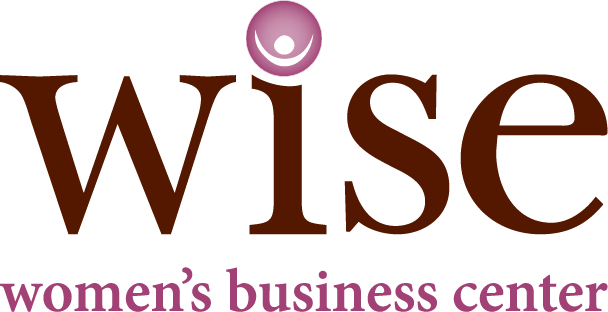
Paycheck Protection Program: Taking a Second Draw
Summary: The purpose of this post is to inform those who are seeking to draw from the PPP a second time about the difference in eligibility, how to calculate the amount you can borrow, and what to do to prepare. If you're interested in applying for the PPP and it would be your first loan, start here.
Timeline: The PPP programs closes May 31st, 2021. Funds are not guaranteed to last until that point, so apply ASAP if you're intending to.
Further assistance: If you still have questions about the PPP after reading this blog post, please send us an email or schedule an advising Q&A call here. Our advisors are here to help you navigate this and other pandemic relief programs.
Taking a PPP second draw: the basics
In general, a second draw from the PPP is similar to the first in regards to terms, conditions, processes, and forgiveness. This post will outline any additional info you need to consider if you're applying for a second draw, like the slightly different eligibility requirements, how to calculate your average payroll costs, and what to do to prepare to apply.
Who's eligible
The following organizations are eligible to apply for the PPP for a second draw:
- Small businesses
- Tax-exempt groups, including veteran's orgs, Tribal business concerns, and non-profits
- Sole-proprietors, self-employed people, and independent contractors
- New: Some news organizations, destination marketing organizations, housing cooperatives, and 501(c)(6) nonprofits
To be eligible for a second draw, organizations must have:
- No more than 300 employees
- Used or will use the full amount of their first PPP draw by the time they apply for their second
- Spent all first draw funds on qualified expenses
- Experienced a reduction in revenue in 2020 from 2019 (more on that below)
The revenue reduction requirement
In order to meet that last criteria, you have to show your business has experienced at least a 25% reduction in revenue in 2020 relative to 2019 for one quarter. To do that, compare gross quarterly receipts for any quarter in 2020 compared to the corresponding quarter in 2019. Alternatively, a borrower can use annual tax forms to show a reduction in total 2020 revenue compared to 2019 revenue - this is useful for small businesses who don't compile quarterly records.
Note that any forgivable PPP funds from a first draw are not included in those gross receipts.
Calculating what you can borrow
The maximum amount of a second draw from the PPP is the lesser of $2 million or 2.5x the borrower's monthly payroll costs, or 3.5x in the case of restaurants or accommodation businesses with a NAICS code starting in 72.
That calculation can be based on one of three time periods: the calendar year 2020, calendar year 2019, or the 12 months prior to applying for a second draw.
The specific calculations to use depend on your business. Find them in our original PPP renewal blog post, here. Note that the only difference in how you calculate your max borrowing amount for a second draw vs. a first draw is that for a second, you cannot include any EIDL refinancing.
How to prepare to apply for a second draw
Applications for second draws will close on May 31st, 2021. If you plan to apply, you should do so early as funds are limited.
What documentation you need depends on your business and how you calculate your payroll expenses. It's the same as for the first draw - see that information in our main PPP renewal blog post.
One thing to note is that you do not need to prove payroll costs if the following three things are true for you:
- You used calendar year 2019 to apply for the first draw
- You're using calendar year 2019 to apply for the second draw
- You're going through the same lender
This is because that lender will have all documentation regarding your payroll expenses on file for the second draw application. They can, however, ask for additional paperwork as part of their own screening process.
One other second draw-specific detail is that borrowers must submit documentation supporting the revenue reduction outlined above. This can include relevant tax forms, including annual tax forms, or, if relevant tax forms are not available, quarterly financial statements or bank statements. Borrowers applying for less than $150,000 do not have to submit documentation supporting the revenue reduction at the time of application but must submit it when they apply for loan forgiveness.
Loan forgiveness
The terms for loan forgiveness are the same as for first draws. See this blog post for more.

Still have questions?
If you have more questions about the PPP, we're here to help. Either call us directly at (315) 443-8634 or email us at wisecenter@syr.edu. If needed, we'll refer you to our on-call accountant for a free consultation.

Stay up-to-date with our newsletter
Get the latest info about the PPP (and other small business resources) delivered straight to your inbox.
